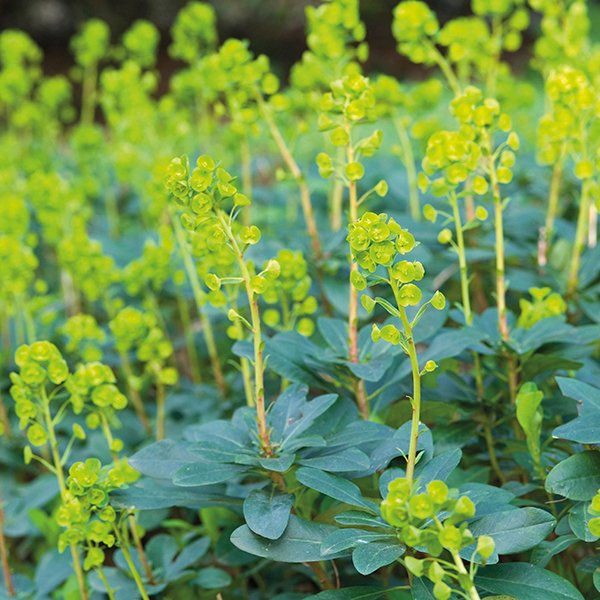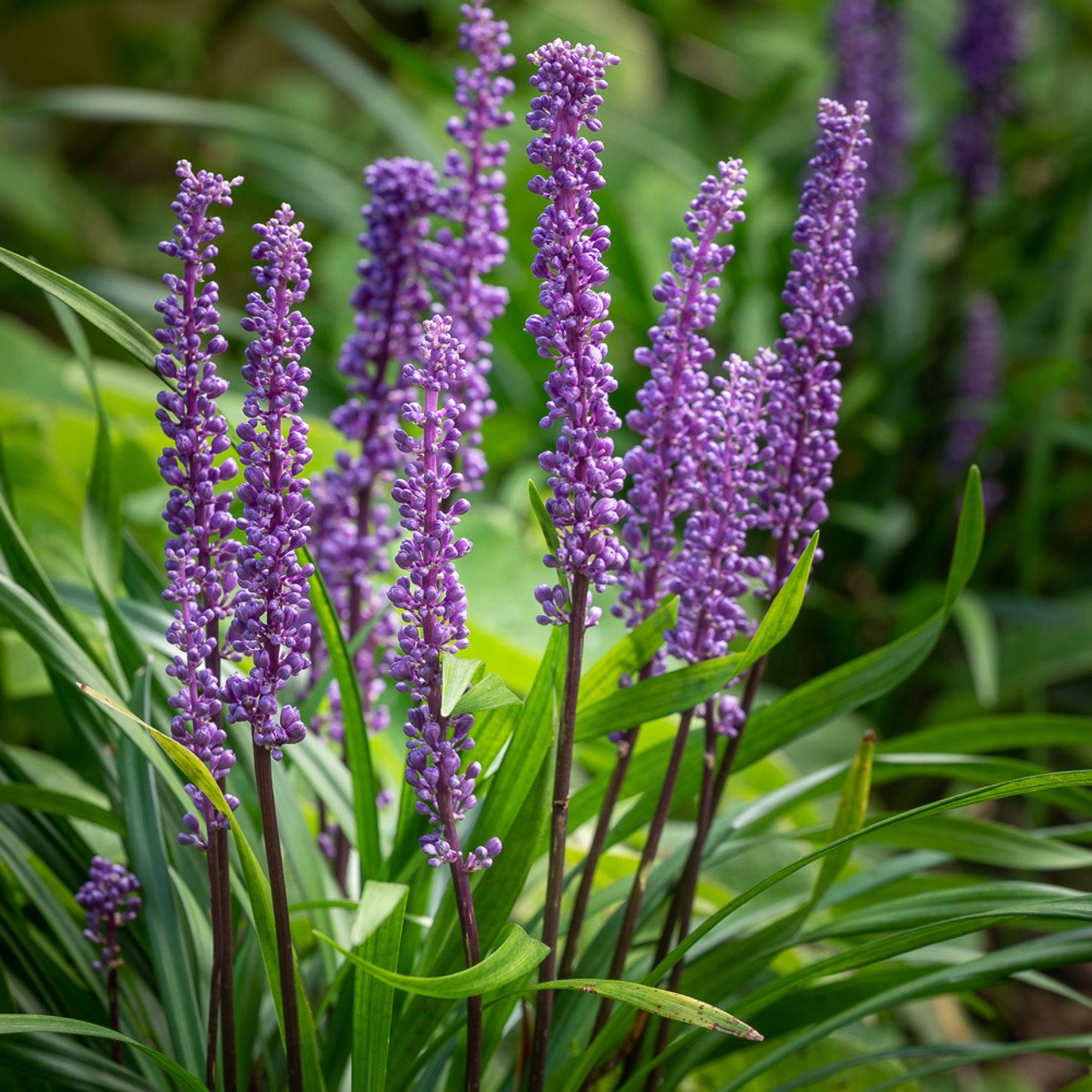Transforming James Allen's Girls' School with a Flourishing Living Wall
In the bustling urban landscape, finding ways to integrate nature into our surroundings has become increasingly important. Meristem Design, a leading urban greening company, undertook a remarkable project at James Allen's Girls' School (JAGS) to create a vibrant and sustainable living wall. As part of the project, a new sustainable library module was installed in the playground. This case study delves into the challenges faced, the plant selection process, and the profound impact this project had on the school environment.
The Challenge: An Inadequate Living Wall System
When we were appointed as the contractor for the living wall installation at JAGS School, we were faced with an existing living wall system that fell short of expectations. The system lacked appropriate planting species, irrigation, and suffered from poor quality. To rectify this, we took a proactive approach, collaborating closely with the council and conducting a comprehensive site survey.
Understanding the significance of complying with the planning permission conditions and addressing the shortcomings of the original system, we prepared a detailed report. This report served as a roadmap for the successful implementation of an improved and functional living wall at JAGS School. It enclosed a thorough analysis of existing conditions, system requirements, planting plans, maintenance schedules, and visual representations.
Selecting the Right Plant Species: Bringing the Plantwall to Life
With the council's approval in hand, we installed a new living wall that would harmoniously integrate with the school environment. Careful consideration was given to plant selection, ensuring a diverse array of species that could thrive in shady environments. Liriope muscari, Euphorbia robbiae, Polistichum setiferum, and Pachysandra terminalis were among the chosen plants, known for their ability to thrive in such conditions and their captivating beauty.
The Benefits of Biophilic Design for Schools
Biophilic design, the incorporation of natural elements into built environments, offers numerous benefits for schools. By installing the living wall at JAGS School, we aimed to reconnect children with nature and enhance their learning environment. Research has shown that exposure to nature positively impacts students' cognitive function, concentration, and overall well-being. The living wall at JAGS School serves as a living testament to the transformative power of biophilic design.
Maintenance and Long-Term Sustainability
To ensure the longevity and continued success of the living wall, we incorporated a comprehensive maintenance schedule: regular watering, pruning, and monitoring are vital to preserve the beauty and health of the living wall. By providing ongoing maintenance services, we ensure that the living wall remains a source of inspiration and joy for the students and staff at JAGS School.
Frequently Asked Questions:
What is a living wall?
A living wall, also known as a plant wall, vertical garden, or green wall, is a structure that incorporates live plants to create a vertical garden. It is a creative and sustainable way to bring nature into urban spaces.
How does biophilic design benefit schools?
Biophilic design in schools has been proven to enhance students' well-being, increase cognitive function, and improve concentration. It creates a stimulating and calming environment, fostering a connection with nature and promoting learning.
What are the maintenance requirements for a living wall?
Living walls require regular watering, pruning, and monitoring to ensure the health and longevity of the installation. Meristem Design offers comprehensive maintenance services to ensure the continued beauty and vitality of the living wall.
Can any plant species be used in a living wall?
Not all plant species are suitable for living walls. The selection of plants depends on factors such as light, environmental conditions, and the desired aesthetic. We always carefully selects plant species that can thrive in the specific conditions of each project.
How can a living wall enhance the aesthetic value of a school?
A living wall adds a unique visual element to the school environment, creating a focal point and enhancing the overall aesthetics. The lush foliage and vibrant colours of the plants bring a sense of natural beauty and tranquillity to the surroundings.
Conclusion:
Our successful living wall project at James Allen's Girls' School demonstrates the transformative power of urban greening and biophilic design. Through our comprehensive approach, we rectified the shortcomings of the original system and created a visually stunning and sustainable living wall. The project not only met the planning permission requirements but also provided numerous benefits, including reconnecting children with nature and enhancing the school's learning environment. Our expertise in living wall installation and maintenance ensures that the living wall at JAGS School will continue to inspire for years to come.








